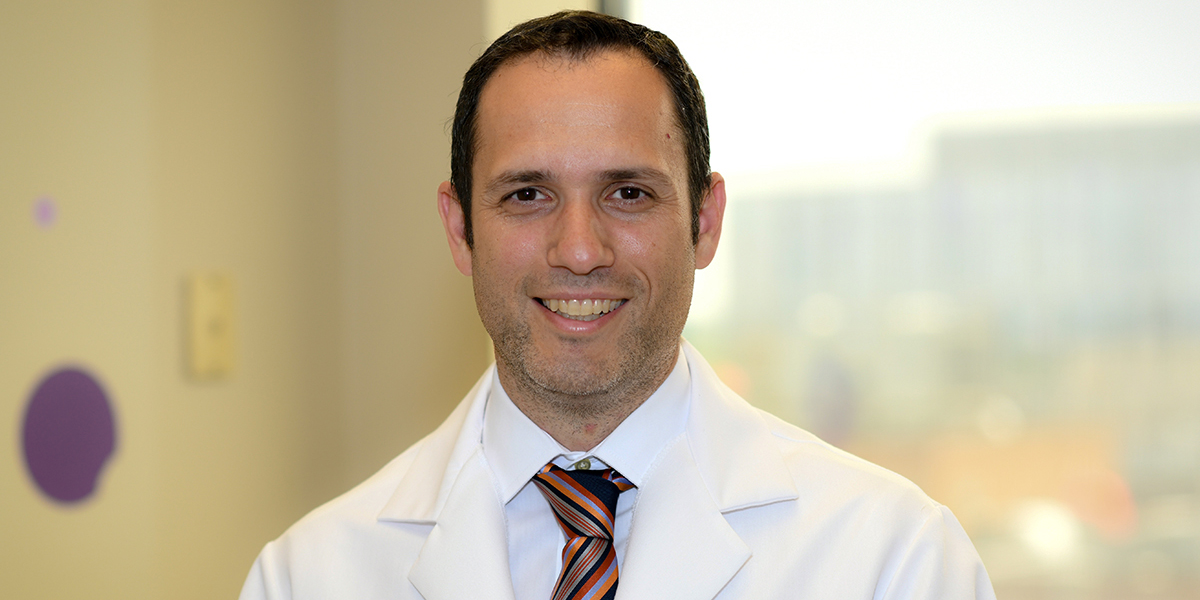Hackensack Meridian Children’s Health Neurologist Conducts Phase IV Study of Perampanel in Real-World Clinical Care
Pediatric epileptologist analyzes clinical use of anti-seizure medication in patients with epilepsy

Pediatric epileptologist Eric Segal, M.D., is the lead author on new pediatric epilepsy research published in the January issue of the Journal of Child Neurology. Dr. Segal, Director of Pediatric Epileptology at Joseph M. Sanzari Children’s Hospital at Hackensack University Medical Center, and his colleagues, conducted a Phase IV, multicenter, retrospective study showing the retention, dosing, efficacy, and safety of once-daily, oral anti-seizure medication perampanel (Fycompa) when administered to pediatric patients with epilepsy.
Dr. Segal and his colleagues analyzed data obtained from medical records of 334 patients with epilepsy — 151 preadolescent patients aged 1 to <12 and 183 adolescent patients ages 12 to <18. The study, titled “PROVE — Phase IV Study of Perampanel in Real-World Clinical Care of Patients with Epilepsy: Interim Analysis in Pediatric Patients,” found that 42.5 percent of preadolescent patients and 55.7 adolescent patients remained on perampanel 24 months after initiating treatment. In the United States, perampanel is approved to treat focal seizures in patients who are four years old and older. It is also approved for use in combination with other medications to treat generalized tonic-clonic seizures in patients who are 12 years old and older.
The study also found that treatment-emergent adverse events occurred in 53 preadolescent patients (35.1 percent), with the most common adverse events being aggression, irritability and drowsiness. Seventy-eight adolescent patients (42.6 percent) experienced treatment-emergent adverse events, with the most common being drowsiness, aggression and dizziness.
“Our research shows that daily oral doses of perampanel are well-tolerated and have favorable retention rates for pediatric patients,” said Dr. Segal. “These findings provide real-world insight into the effectiveness and safety of perampanel therapy and can inform shared decision-making discussions between pediatric epileptologists, patients and parents.”
Learn more about our advancements in pediatric neurology and neurosurgery.
